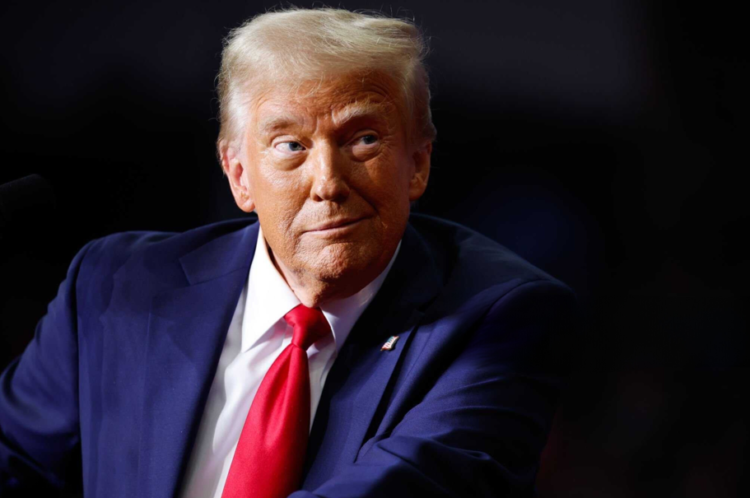For HR leaders and employees trying to keep up with the impact of US president Trump’s executive orders, pronouncements and backtracks, the future is uncertain. But Nick Petschek, managing director at Kotter, tells Benefits Expert there are proactive things HR and employers can do.
At the beginning of any US presidency, there is always a flurry of executive actions.
“Some of those are for show, some of those are for action and some of those are a negotiating tactic, and it’s anyone’s guess right now which ones are which,” says Nick Petschek, managing director at Kotter, a change management consultancy.
One thing that is certain is Trump’s determination to end diversity, equality and inclusion (DEI) across federal government departments, which he has already set in motion.
However, other decisions are less concrete. This week, he made swift U-turns on trade tariffs imposed on Canada and Mexico.
And some of Trump’s plans may well be blocked. US judges have already put the kibosh on his attempt to end birth right citizenship for children born to parents who are in the country illegally or temporarily.
At this point, it’s worth noting that he has been in office for less than three weeks.
All this upheaval, particularly for employees, is causing uncertainty and anxiety, says Petschek. “Everyone sees and feels that. It’s different from even five or ten years ago, when information came through print media, for example, or one way communications. Now there’s no way that every employee doesn’t know what’s happening and what’s being said.
“We’re seeing a lot more anxiety in employees when there’s this space of uncertainty. And I think the HR leaders, and leaders in general, that are getting ahead of that are the ones that are really kind of tuning into what the psyche is in their organisation.”
Strategic approach
He says that rather than taking a simple ‘wait and see’ strategy, for HR a better approach would be ‘let’s wait and see, and while we’re waiting, let’s put a structure or frame in place.
“Then people can feel more safe or comfortable or confident that we’re thinking and strategising about what might happen.”
Petschek says that if you look at Trump’s leadership, it’s an interesting example of someone coming into a job and testing the boundaries and limits of power.
“You can think of a new executive, or a new team leader, coming in and trying to figure out, ‘how far can I push something, or how can I actually institute or instigate change, what is possible?’”
Power play?
Whether a new leader can actually bring in change depends on the checks and balances in place.
But in the UK, the impact of Trump’s executive actions will make people think and act differently, Petschek says.
“It’s going to change the perceived power dynamic in Europe, and European and UK firms. So there’s more of a feeling of needing to be more self reliant. Not inward focused, but kind of relying more on equality across different firms, as opposed to looking to a huge market in the US.”
This shift has implications for the human capital supply chain, he says, as there is a big question mark over talent mobility and if that changes, what the impact might be.
However, Petschek is clear that this doesn’t affect the body of research that shows diverse teams outperform homogenous teams in a variety of different variables.
“If we do see a regression of this [DEI in the UK and Europe] or people walking back from it, I think the science is secure that it leads to better business performance. So it just takes one or two strong CEOs to say, ‘no, we’re going to go with what’s tried and proven and stick with it’.
“But that doesn’t mean the next couple of years aren’t going to see a regression because a lot of people also do follow the climate, as opposed to the results.”













